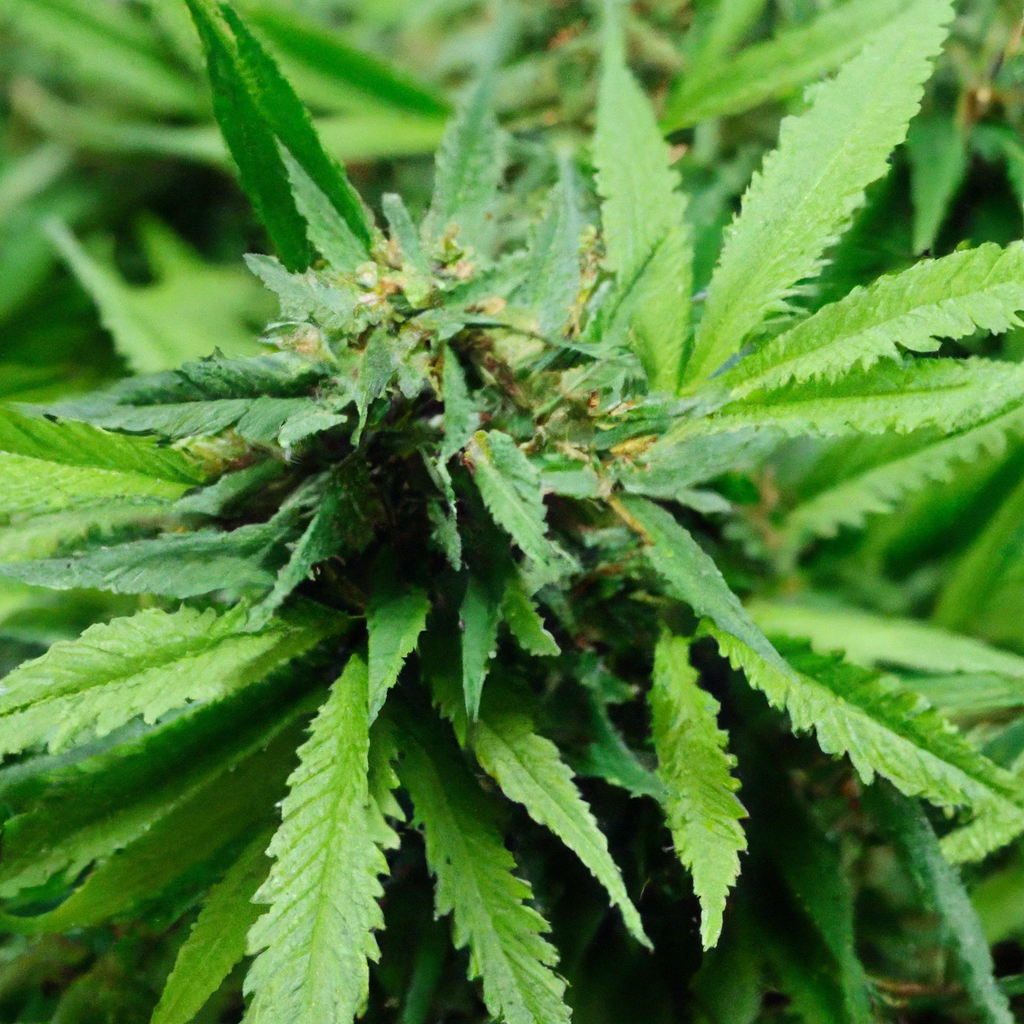John “Magic” Greenleaf has spent over three decades cultivating cannabis in the heart of Colorado. The unique
challenges of high-altitude growing, including thinner air, greater UV exposure, and temperature
fluctuations, often prove daunting. However, for those willing to embrace these challenges, the rewards can
be substantial. Magic shares insights into his strategies for harnessing the power of high-altitude genetics
to create resilient and potent strains.
Understanding High-Altitude Challenges
The first step in mastering high-altitude cannabis genetics is to understand the environmental challenges it
presents. At higher elevations, the air is thinner, making it easier for plants to experience stress from
UV exposure. Moreover, temperatures can shift dramatically between day and night, challenging the plants’
resilience.
- UV Exposure: Higher UV levels can strengthen plants by encouraging stress resistance,
but excessive exposure can lead to damage if not managed. - Temperature Fluctuations: Nighttime drops can stress plants, impacting growth and
development.
Optimizing Genetic Selection
Magic emphasizes the importance of genetic selection for thriving in high-altitude environments. By focusing
on phenotypes adapted to these challenging conditions, he has developed several strains that excel at
elevation:
- St: A high-altitude sativa with energetic effects and a citrus-pine aroma.
- Mile High Mystique: A hybrid known for its calming effects and complex terpene profile
with hints of lavender and earth. - Magic Kush: A powerful indica revered for its medicinal properties, perfect for pain
relief and sleep.
Strategies for Success
To optimize the genetic potential of high-altitude strains, Magic recommends strategies that support plant
health and yield:
- Environmental Control: Utilize tools like grow monitors and automated sensors to
maintain ideal humidity and temperature conditions. - Water Efficiency: Implement drip irrigation systems to reduce water waste, conserving
resources while ensuring plants receive adequate hydration. - Organic Practices: Use organic soil and fertilizers to promote balanced nutrient uptake
and reduce environmental impact.
Conclusion: Embrace the Highs
High-altitude cannabis genetics offer a unique opportunity to cultivate strains with exceptional resilience
and potency. By selecting the right genetics and optimizing your growing environment, you can turn the
challenges of altitude into an advantage. As Magic says, “The altitude makes us tougher—and so does our
weed.”
Tags: High-Altitude Growing, Advanced Genetics, Sustainability


Leave a Reply